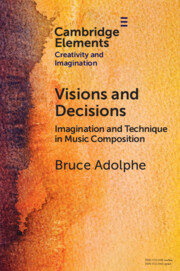Element contents
Visions and Decisions
Published online by Cambridge University Press: 26 January 2023
Summary
- Type
- Element
- Information
- Online ISBN: 9781009350518Publisher: Cambridge University PressPrint publication: 23 February 2023
References
- 2
- Cited by



